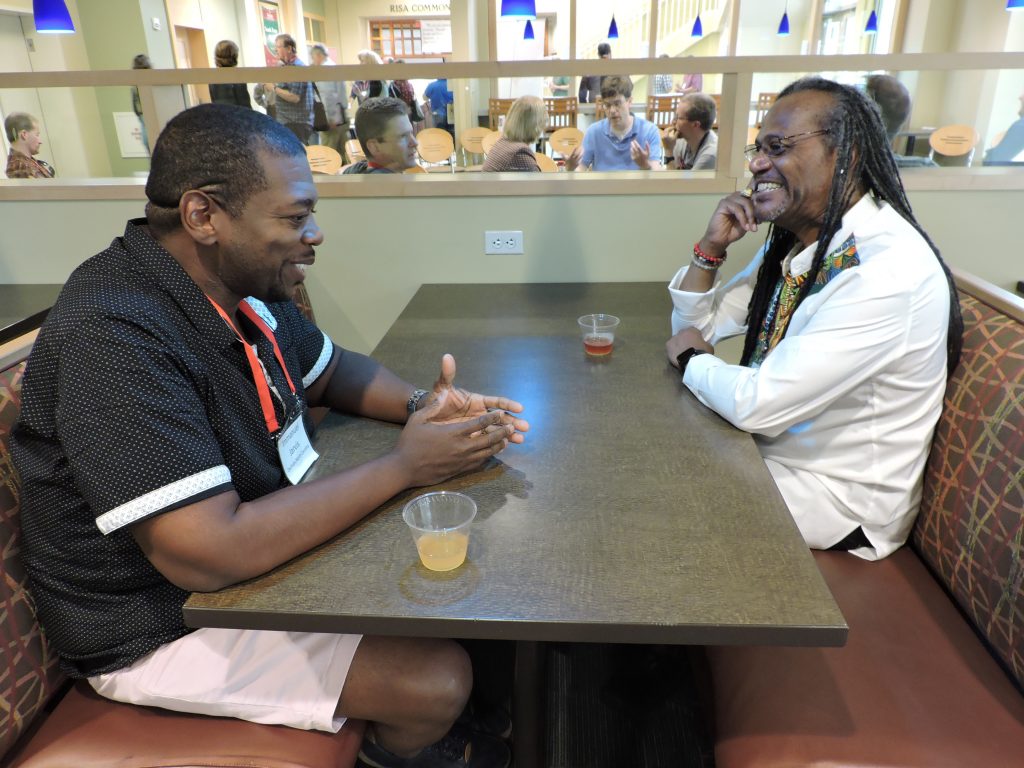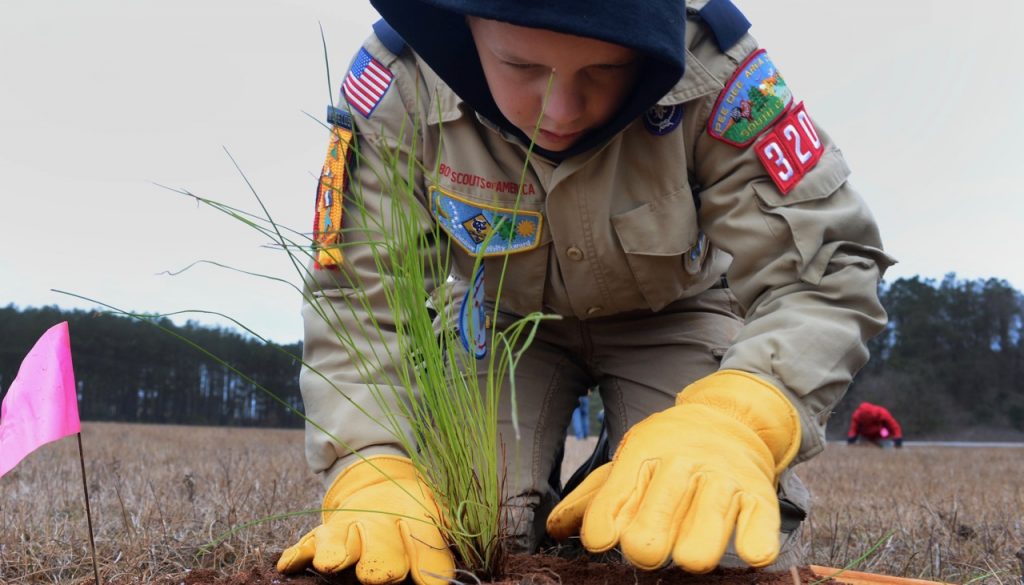
How does a group that focuses on local dialogue of 12-25 people create a meaningful national convention of 300 delegates? Made up of people who deeply disagree with each other’s ideologies? Well, Better Angels did so June 20-23 in St. Louis.
Delegates register in pairs, one “Red” (a conservative viewpoint) and one “Blue” (a liberal viewpoint) from the same community. The rule insures balance of participants. I spoke with two Durham, NC participants.

- Immanuel Jarvis – Chairman of the Durham County Republican Party (a Red participant). Mr. Jarvis was joined by his wife, two friends, Krishana Polite from the Frederick Douglas Foundation of Wake County. Ms. Polite now serves as one of three North Carolina coordinators for Better Angels.

- Ruth Backstrom – (a Blue participant). She was a local participant at the Better Angels May 18, 2019 Red/Blue dialogue in Pittsboro.
Establishing Credibility
Better Angels aims to keep its integrity through balancing the Red/Blue in their work. That extends to:
- Board of Directors – balance by affiliation
- Funding sources: this really is the difference between commitment and talk.
- Not endorsing candidates or ballot measures (However, local affiliates of Better Angels might work on policy, which could lead to endorsing a policy created in a Red + Blue way).
Immanuel: I listened carefully as the described the structure of Better Angels nationally. They were clear about their money sources, reasons to keep membership inexpensive and their foundations connections. Their commitment to only receive money to maintain a 50/50 balance from liberal and conservative sources is admirable. Money is the real test. Their team has taken that vow. That means a lot to me. Integrity must permeate an enterprise such as Better Angels. Continue Reading


 We welcome
We welcome